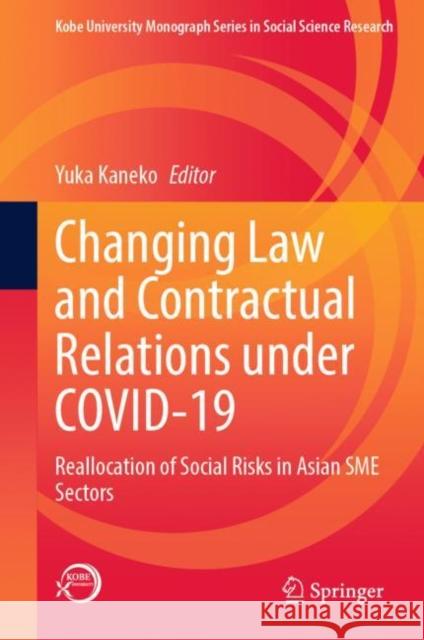Changing Law and Contractual Relations Under Covid-19: Reallocation of Social Risks in Asian Sme Sectors » książka
topmenu
Changing Law and Contractual Relations Under Covid-19: Reallocation of Social Risks in Asian Sme Sectors
ISBN-13: 9789811942372 / Angielski / Twarda / 2022 / 160 str.
Changing Law and Contractual Relations Under Covid-19: Reallocation of Social Risks in Asian Sme Sectors
ISBN-13: 9789811942372 / Angielski / Twarda / 2022 / 160 str.
cena 483,04
(netto: 460,04 VAT: 5%)
Najniższa cena z 30 dni: 462,63
(netto: 460,04 VAT: 5%)
Najniższa cena z 30 dni: 462,63
Termin realizacji zamówienia:
ok. 22 dni roboczych.
ok. 22 dni roboczych.
Darmowa dostawa!
Kategorie BISAC:
Wydawca:
Springer Verlag, Singapore
Seria wydawnicza:
Język:
Angielski
ISBN-13:
9789811942372
Rok wydania:
2022
Ilość stron:
160
Wymiary:
23.5 x 15.5
Oprawa:
Twarda
Dodatkowe informacje:
Wydanie ilustrowane











